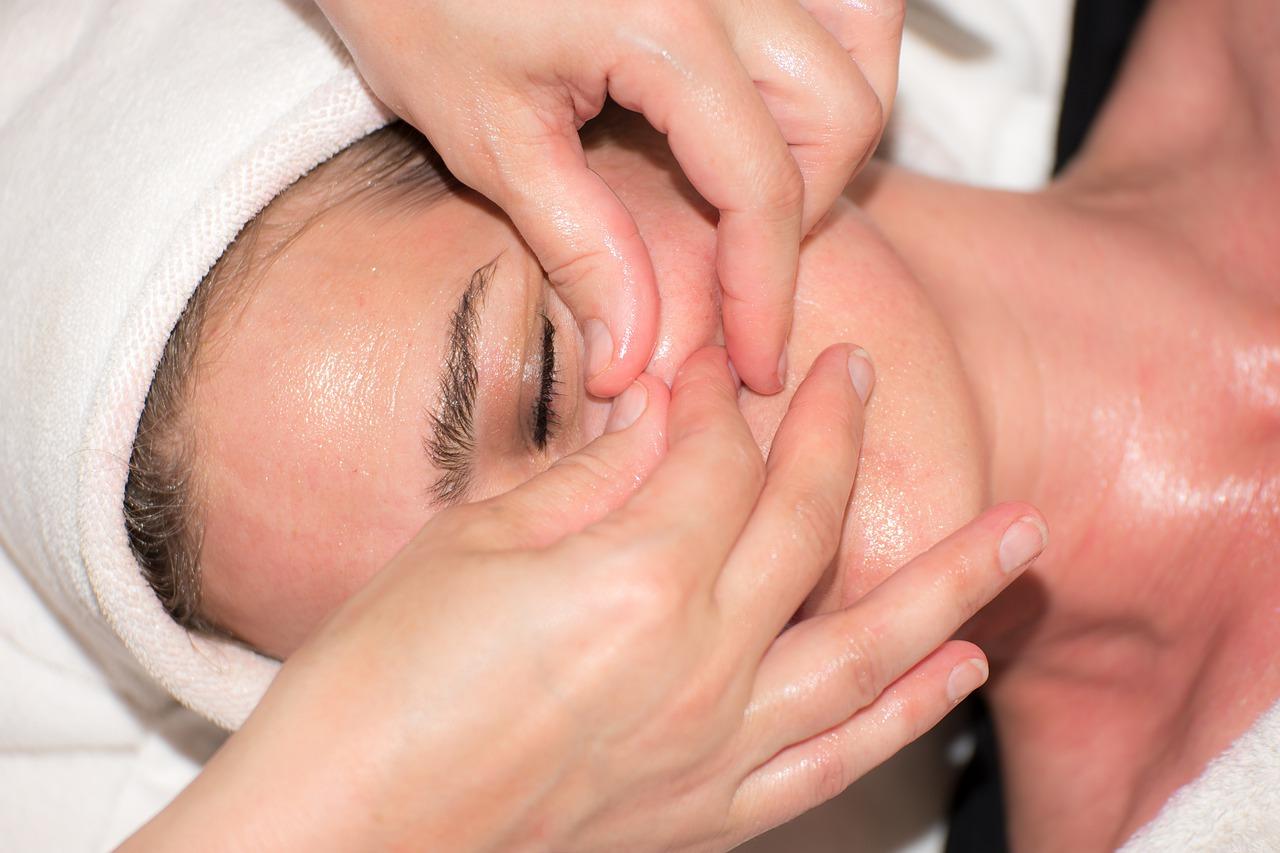How can I manage peeling and redness after a chemical peel?

A chemical peel is an effective cosmetic procedure designed to exfoliate and rejuvenate the skin, but it can leave your skin sensitive, red, and peeling as it heals. While these reactions are common, they can be uncomfortable or concerning. Understanding how to properly manage these symptoms is essential for achieving optimal results and ensuring your skin recovers safely and effectively.
1. Understand the Healing Process
First, it's essential to recognize that peeling and redness are part of the natural healing process after a chemical peel. The treatment works by removing dead skin cells and stimulating new skin cell growth. As a result, your skin may feel dry, tight, or irritated in the days following the procedure.
- Peeling: The skin may begin to flake and peel a few days after the procedure. This is your skin's way of shedding old layers to reveal fresh, new skin underneath.
- Redness: Redness or a flushed appearance is common, especially in the first few days. This is due to increased blood circulation and irritation caused by the exfoliation.
2. Keep Your Skin Moisturized
One of the most important steps in managing peeling and redness is to keep your skin well-moisturized. Dry, flaky skin can exacerbate irritation and slow the healing process.
- Use a gentle, hydrating moisturizer that is fragrance-free and specifically formulated for sensitive skin.
- Look for products with ingredients like hyaluronic acid, glycerin, and ceramides, which help lock in moisture and repair the skin barrier.
- Apply moisturizer regularly throughout the day, especially after washing your face or applying any prescribed post-peel creams.
3. Avoid Scrubbing or Picking at Your Skin
As tempting as it may be to help speed up the peeling process by scrubbing or picking at your skin, it’s crucial to resist this urge. Scrubbing or picking can irritate the skin, prolong redness, and increase the risk of scarring or infection.
- Allow the skin to naturally shed. Avoid any form of mechanical exfoliation or abrasive scrubs.
- If you’re feeling the urge to scratch, gently apply more moisturizer or a soothing ointment to reduce discomfort.
4. Use Soothing, Non-Irritating Skincare Products
During the healing process, your skin will be extremely sensitive, and applying harsh products can worsen irritation. Stick to gentle skincare products that help soothe and repair your skin.
- Avoid active ingredients such as retinoids, vitamin C, and AHAs (alpha hydroxy acids), which can further irritate freshly exfoliated skin.
- Look for products containing aloe vera, calendula, or chamomile, which have anti-inflammatory properties that can reduce redness and calm irritation.
5. Protect Your Skin from the Sun
Your skin will be especially vulnerable to sun damage after a chemical peel, so it’s important to protect it from UV rays during the healing period. Exposure to the sun can worsen redness, irritation, and increase the risk of hyperpigmentation.
- Apply a broad-spectrum sunscreen with an SPF of 30 or higher every morning, even if you’re staying indoors.
- Reapply sunscreen every two hours, especially if you’re spending time outdoors.
- Consider wearing a wide-brimmed hat and sunglasses to further shield your face from direct sun exposure.
6. Be Gentle with Your Skin
After a chemical peel, your skin is in a delicate state, so it’s important to be gentle in all aspects of your skincare routine.
- Cleanse with a mild, hydrating cleanser that doesn't strip your skin of its natural oils. Avoid any harsh exfoliants, scrubs, or cleansers with strong fragrances.
- Pat your skin dry instead of rubbing it to avoid further irritation.
- Avoid hot water when washing your face, as it can be too harsh on sensitive skin and lead to more redness.
7. Stay Hydrated and Eat a Skin-Healthy Diet
Hydration plays a vital role in skin healing, so make sure you’re drinking plenty of water throughout the day. Keeping your body hydrated helps your skin recover more effectively.
- Incorporate skin-nourishing foods into your diet, such as fruits and vegetables rich in antioxidants, omega-3 fatty acids, and vitamins A, C, and E. These nutrients support the skin's natural healing process.
- If you’re dealing with extra dryness or inflammation, consider taking a fish oil supplement or a vitamin C supplement to help support your skin’s health from the inside out.
8. Give Your Skin Time to Heal
Healing from a chemical peel takes time. While the peeling process may be completed within a few days, the redness can persist for several days to a week or more. It’s important to give your skin the time it needs to fully recover without rushing the process.
- Be patient and follow your skincare routine consistently for the best results.
- If you notice any signs of complications, such as increased pain, pus, or excessive swelling, contact your dermatologist immediately.
Conclusion
Managing the peeling and redness after a chemical peel requires a gentle, consistent skincare routine focused on hydration, sun protection, and soothing care. By avoiding irritation, moisturizing regularly, and being patient with the healing process, you can help your skin recover smoothly and reveal the radiant, fresh complexion you were hoping for. If you have any concerns or unusual reactions, don't hesitate to reach out to your skincare professional for guidance. learn more here - https://amaesthetics.clinic/treatments/skin-peels/
- Art
- Causes
- Crafts
- Dance
- Drinks
- Film
- Fitness
- Food
- Giochi
- Gardening
- Health
- Home
- Literature
- Music
- Networking
- Altre informazioni
- Party
- Religion
- Shopping
- Sports
- Theater
- Wellness


